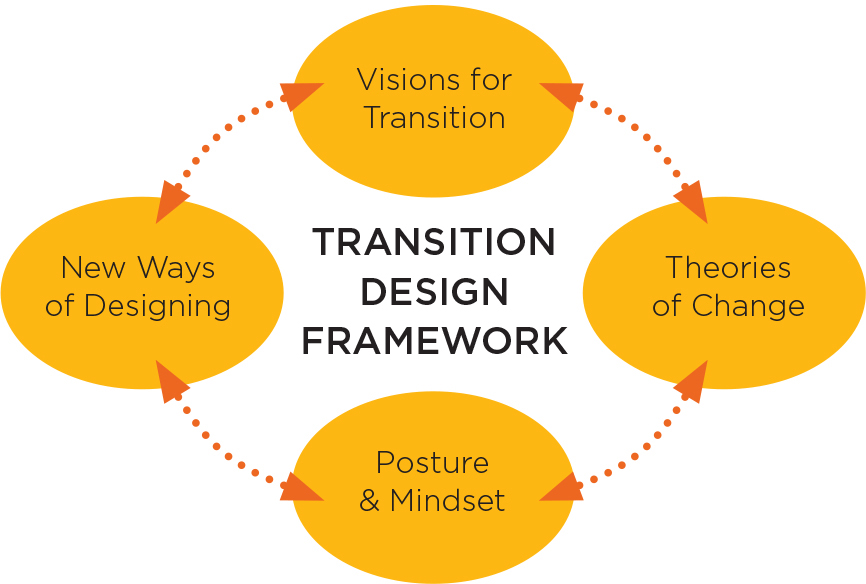112 | Transition Design |
Design for systems-level change, addressing wicked problems to catalyze societal transitions toward more sustainable and desirable futures
- Transition design shares the objective of greater cultural and geographical diversity with initiatives to challenge the dominant U.S. and Eurocentric design paradigms.
- The designer acts as a facilitator, supporter, and bringer of resources and different forms of expertise to the community.
- Traditional design approaches are characterized by linear processes and de-contextualized problem frames, whose objective is usually the swift realization of predictable and profitable solutions.
- In contrast, transition design proposes that a more holistic approach is needed: systems change necessitates putting stakeholders at the heart of the problem-framing and problem-solving process, and systems interventions need to occur at multiple levels of scale and over short, medium, and long horizons of time.
Contributed by Gideon Kossoff and Terry Irwin
See alsoBackcasting • Civic Design & Policy • Horizon Scanning
The Transition Design Framework brings together a body of knowledge and skillsets in four key areas that are relevant to design for systems-level change.
Four mutually reinforcing and co-evolving areas of knowledge, action, and self-reflection

Courtesy of Terry Irwin
..................Content has been hidden....................
You can't read the all page of ebook, please click here login for view all page.
